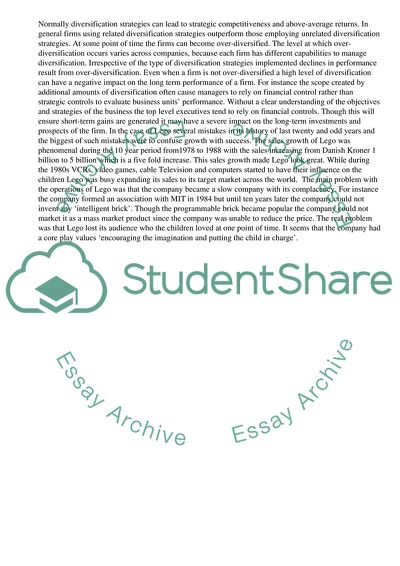Cite this document
(“Lego Mindstorms Essay Example | Topics and Well Written Essays - 2000 words”, n.d.)
Lego Mindstorms Essay Example | Topics and Well Written Essays - 2000 words. Retrieved from https://studentshare.org/management/1550151-case-study-for-strategic-management
Lego Mindstorms Essay Example | Topics and Well Written Essays - 2000 words. Retrieved from https://studentshare.org/management/1550151-case-study-for-strategic-management
(Lego Mindstorms Essay Example | Topics and Well Written Essays - 2000 Words)
Lego Mindstorms Essay Example | Topics and Well Written Essays - 2000 Words. https://studentshare.org/management/1550151-case-study-for-strategic-management.
Lego Mindstorms Essay Example | Topics and Well Written Essays - 2000 Words. https://studentshare.org/management/1550151-case-study-for-strategic-management.
“Lego Mindstorms Essay Example | Topics and Well Written Essays - 2000 Words”, n.d. https://studentshare.org/management/1550151-case-study-for-strategic-management.


